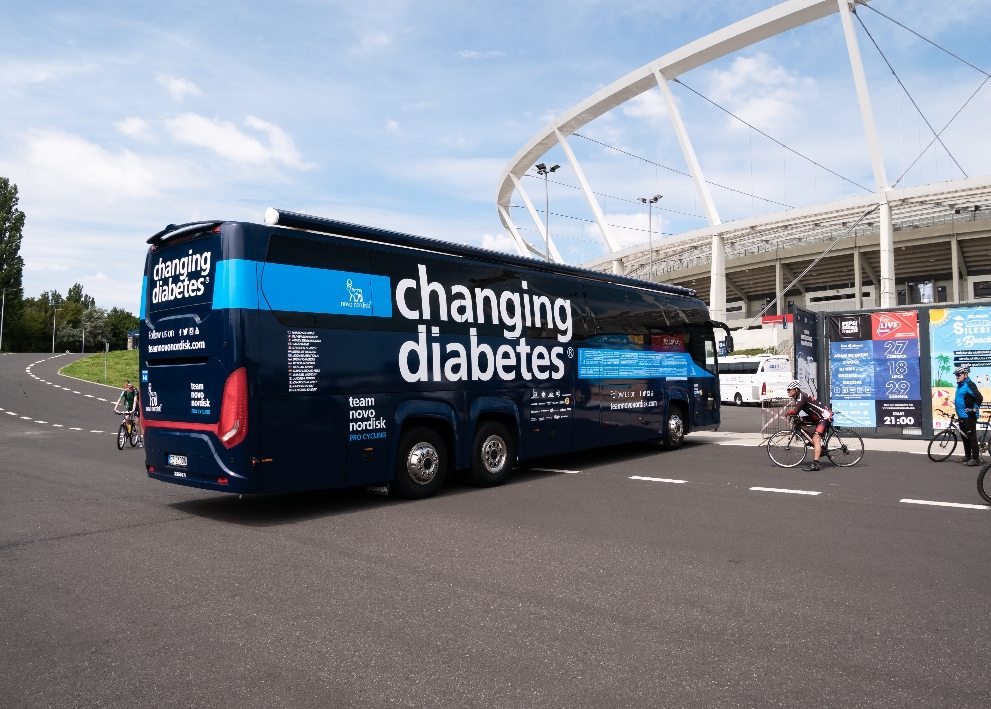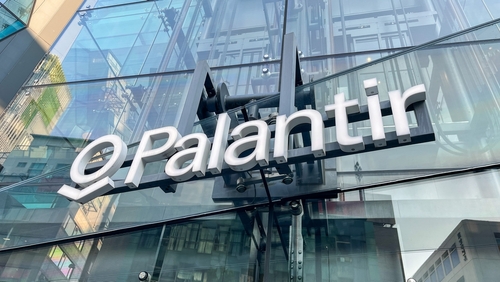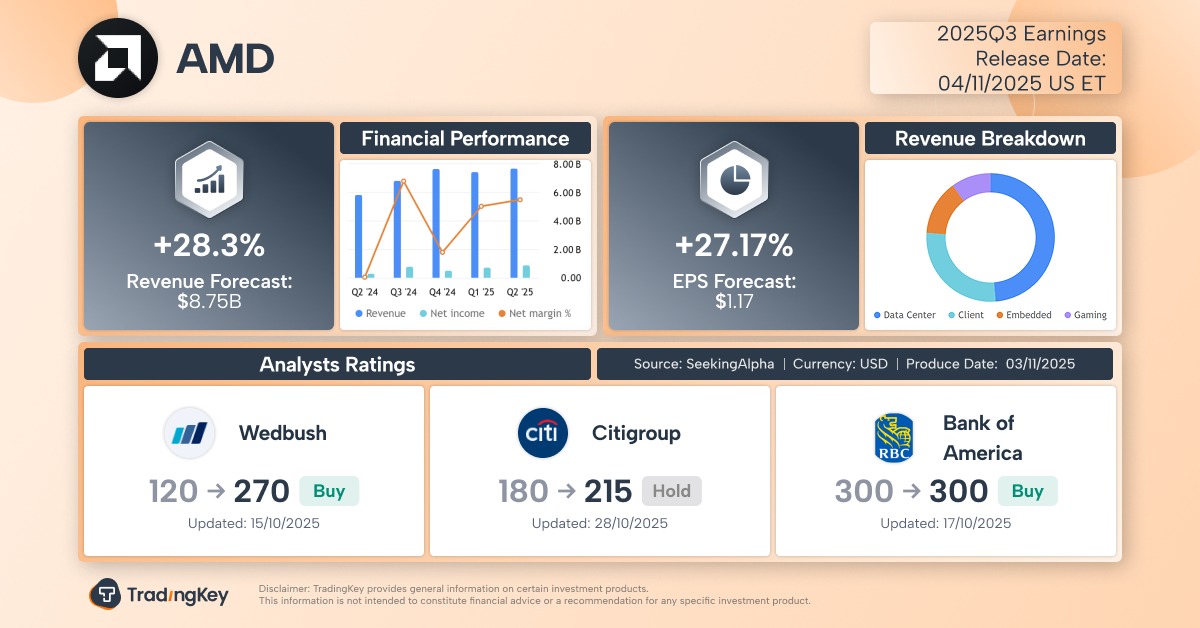BREAKINGVIEWS-Small-stock rally strains against pipsqueak status

By Sebastian Pellejero
NEW YORK, Oct 31 (Reuters Breakingviews) - Corporate pipsqueaks are finally having their day. The Russell 2000 Index .RUT, home to U.S.-listed firms worth under $5 billion, has long been in the doldrums, its annualized return since 2020’s end sitting at just 4%. That makes an 11% year-to-date leap all the more eye-popping. Bargain-hunting investors might be tempted by valuations that nonetheless still sit below larger peers and long-term norms. The group’s thin profitability, over-loaded balance sheets and imposing private rivals augur caution.
As U.S. equity markets tilt ever further toward a tiny group of technology titans, smaller companies have been left behind. In aggregate, Russell 2000 constituents trade at a multiple of around 16 times next year's expected earnings. The gap to their larger brethren, as captured by the Russell 1000 Index .RUI, has held at roughly 30% since 2022, well below the near-par norm since 1985, according to Bank of America.
That might seem to leave room for the recent rally to run further. Yet the average masks extreme variation in quality. About one-third of Russell 2000 constituents were unprofitable as of July, according to Vanguard. Remarkably, investors are bidding up the index's worst performers. Since April 2, companies with negative earnings per share have outperformed profitable ones by more than 15%, according to Apollo Global Management.
The quality problem runs deeper than profitability alone. The index's average return on equity between 2007 and 2024 was just 2%, under a quarter that of middle-sized members of the Russell Midcap Index .RMCC, says Jensen Investment Management. And while smaller companies might usually be expected to grow more quickly, the middleweight group has seen its collective topline outpace the minnows.
A broader shift in the corporate life cycle might explain the divergence. America's up-and-comers once sprinted to the NYSE to raise capital. Now, the strongest young firms stay private far longer, fed by a deluge of capital. Companies now list at about 10 years old, on average.
Public markets’ bottom rung, then, is increasingly occupied by a mix of oddballs – say, money-losing drug developers waiting for positive test results – and stragglers straining to keep up. The average Russell 2000 member carries net debt roughly equivalent to over 4 times its EBITDA. That's nearly triple larger peers, and will be an albatross in a downturn.
Granted, buyout barons hunting for a discount might catch some of those left behind, at least putting a floor under a few valuations. Not all small stocks are hopeless, either. The S&P 600 Index .SP600 also focuses on the lower end of the size scale, but requires its constituents to turn a profit. It has historically outperformed the Russell 2000, and also outpaced the S&P 500 .SPX from 1994 to 2021. It just takes a discerning eye to find a winner in the market’s hinterlands.
Follow Sebastian Pellejero on LinkedIn.
CONTEXT NEWS
The Russell 2000 closed at 2,465.95 on October 30, about 1% shy of the 41-year record reached on October 13.








